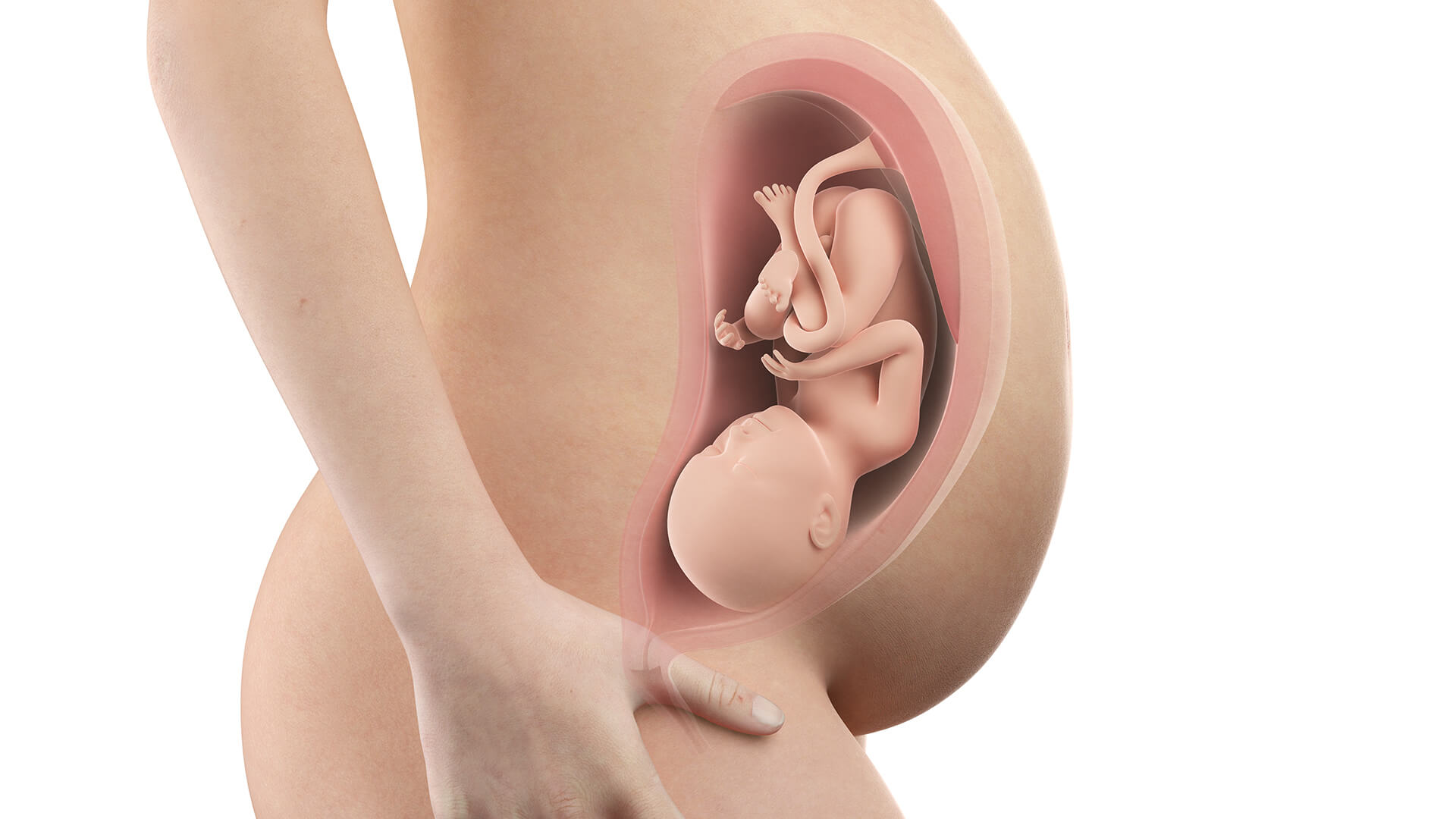Your baby measures 13.0 inches (33.1 cm) from crown to rump and weighs 6.3 lbs (2.9 kg).
Pregnancy Facts - Week 37
Early and full term babies
A baby born prior to week 37 of pregnancy is considered a preterm, premature term or preemie baby. Depending on the country you live in, week 37 will be considered, "early term" or "full term".
USA
If you live in the United States, and this was 2013, you'd be getting a big, "Congratulations! You are now at full term and your baby is no longer considered premature as of today!"
But it's not 2013. The Harlem Shake is no longer viral, Sharknado has one too many sequels and your baby is not full term for another two weeks.
In 2013, the American College of Obstetricians and Gynecologists (ACOG) redefined what "full term pregnancy" meant. It used to be that if your baby was born between weeks 37-42, your baby would be considered full term. However, after 2013, weeks 37-38 became "early term", 39-40 became "full term", and 41-42 became "late term". The reason? Not all babies are fully developed by week 37. They felt that calling week 37-42 babies "full term" was just too broad of a range. Redefining the terms was important to ensure babies born before week 39 are looked at carefully to ensure viability.
Rest of the World
Congratulations! You are now at full term and your baby is no longer considered premature as of today!
Are babies born outside of the US more at risk when born before week 39 then? No, not at all. Despite the label given to the weeks of pregnancy, each country has a standard set of tests conducted on newborns depending on the week they are born. This helps medical professionals better determine whether a baby needs additional medical support.
How big is your baby in week 37 of pregnancy
At week 37 of pregnancy, your baby measures about 13.0 inches (33.1 centimeters) from crown to rump and weighs about 6.3 pounds (2.9 kilograms).
Your baby's development in week 37 of pregnancy
With all the focus on development of essential organs over the last several months, it's time for your baby to focus on growing more hair. The top of your baby's head could be anything from bald to male model on a romance cover.
If your baby is born with hair or eye color that is different than both parents but the same as the milkman... things are going to get super awkward in the delivery room. No wait! There's a perfectly good scientific reason: genetics. It could be recessive in the family line. If you remember high school biology, you'll recall that some eye colors are dominant and some are recessive. Even if both parents have brown eyes, it may be possible that there's a recessive gene from a few generations back that will pass on blue eyes to your baby.
It could also just be the temporary. As your baby grows older, it's possible for hair and eye color to change. Hair color can darken or lighten as time passes, brunettes can become blondes and blondes can become brunettes. Blue or gray eyed babies could end up being green or hazel eyed babies.






